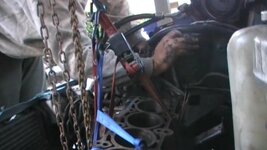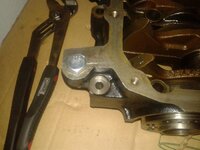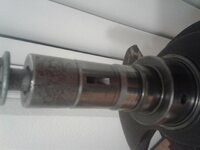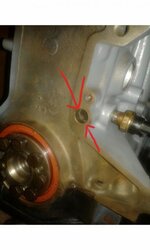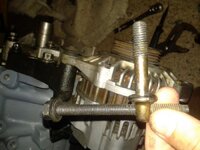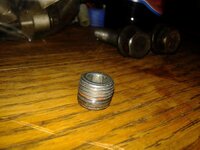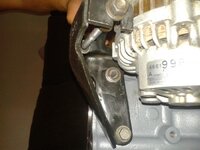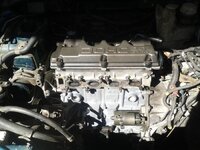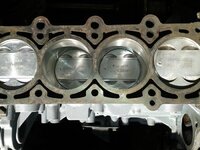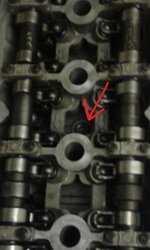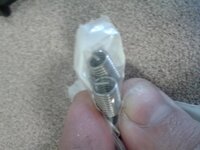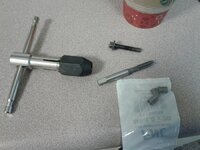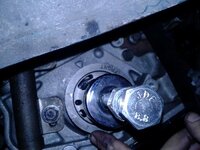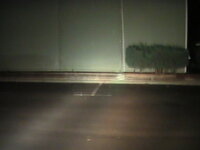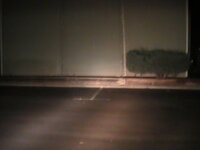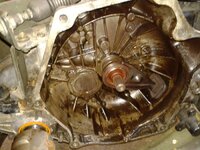- Thread starter
- #26
studabaker
Supporting Member
- 207
- 2
- Nov 1, 2008
-
Sacramento,
California
I had a real problem with a stripped connecting rod bolt. fyi drilling it would have been better. I hack sawed the top off but i couldnt get a good angle and ended up cutting into the connecting rod. I was planning on upgrading the connecting rods anyway but if i wanted to keep them i think i could have drilled it and salvaged the connecting rod. once the top of the bolt was off the rest of the threads were fine and the bolt came out easily. I thought the threads were crossed from the spun bearing... because I used an extractor tool and could not budge the bolt.
I am working my way to the crank and I am going to take that and the block to the machine shop for cleaning and repair. With upgraded connecting rods everything else will be cleaned and put back together.
I am thinking of a strut tower bar that will allow me to lower the engine from some kind of fabric strap system. I have been into rock climbing and rope systems for a long time and I am experienced in rigging these kind of systems. well not these kind of systems however ones that I would trust to hold in a fall. rock climbing straps will be able to hold the 200ish lbs of the block. I just will only use the engine hoist once and funds are tight so this is the plan.
I am working my way to the crank and I am going to take that and the block to the machine shop for cleaning and repair. With upgraded connecting rods everything else will be cleaned and put back together.
I am thinking of a strut tower bar that will allow me to lower the engine from some kind of fabric strap system. I have been into rock climbing and rope systems for a long time and I am experienced in rigging these kind of systems. well not these kind of systems however ones that I would trust to hold in a fall. rock climbing straps will be able to hold the 200ish lbs of the block. I just will only use the engine hoist once and funds are tight so this is the plan.



